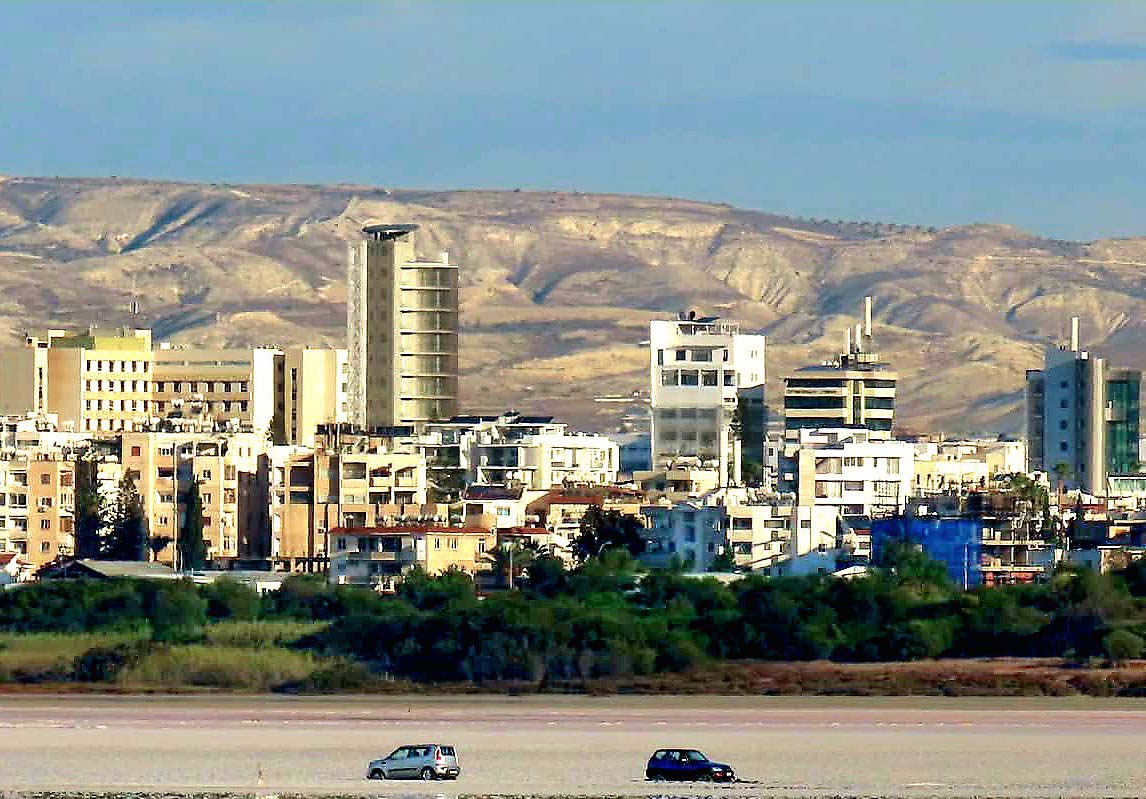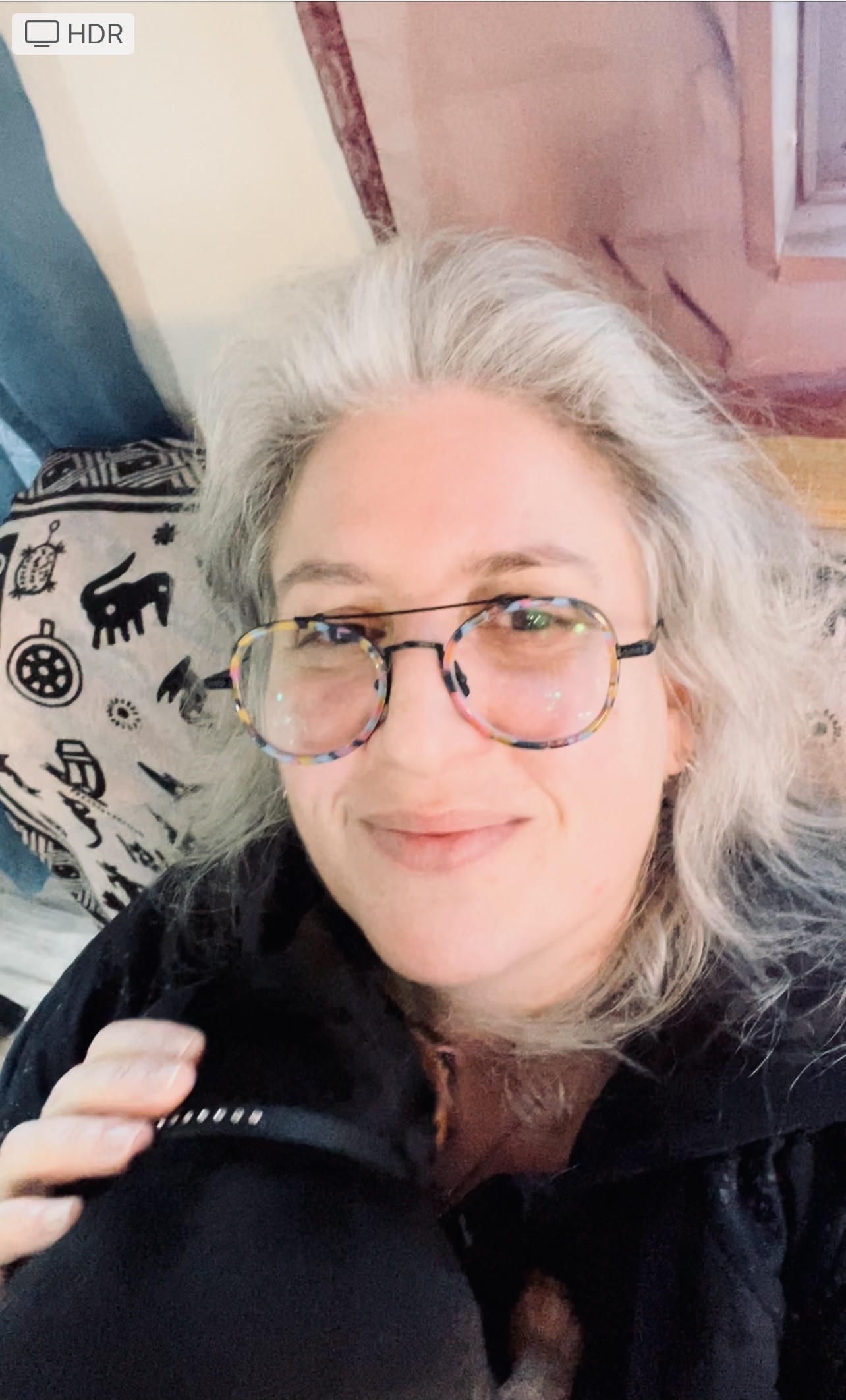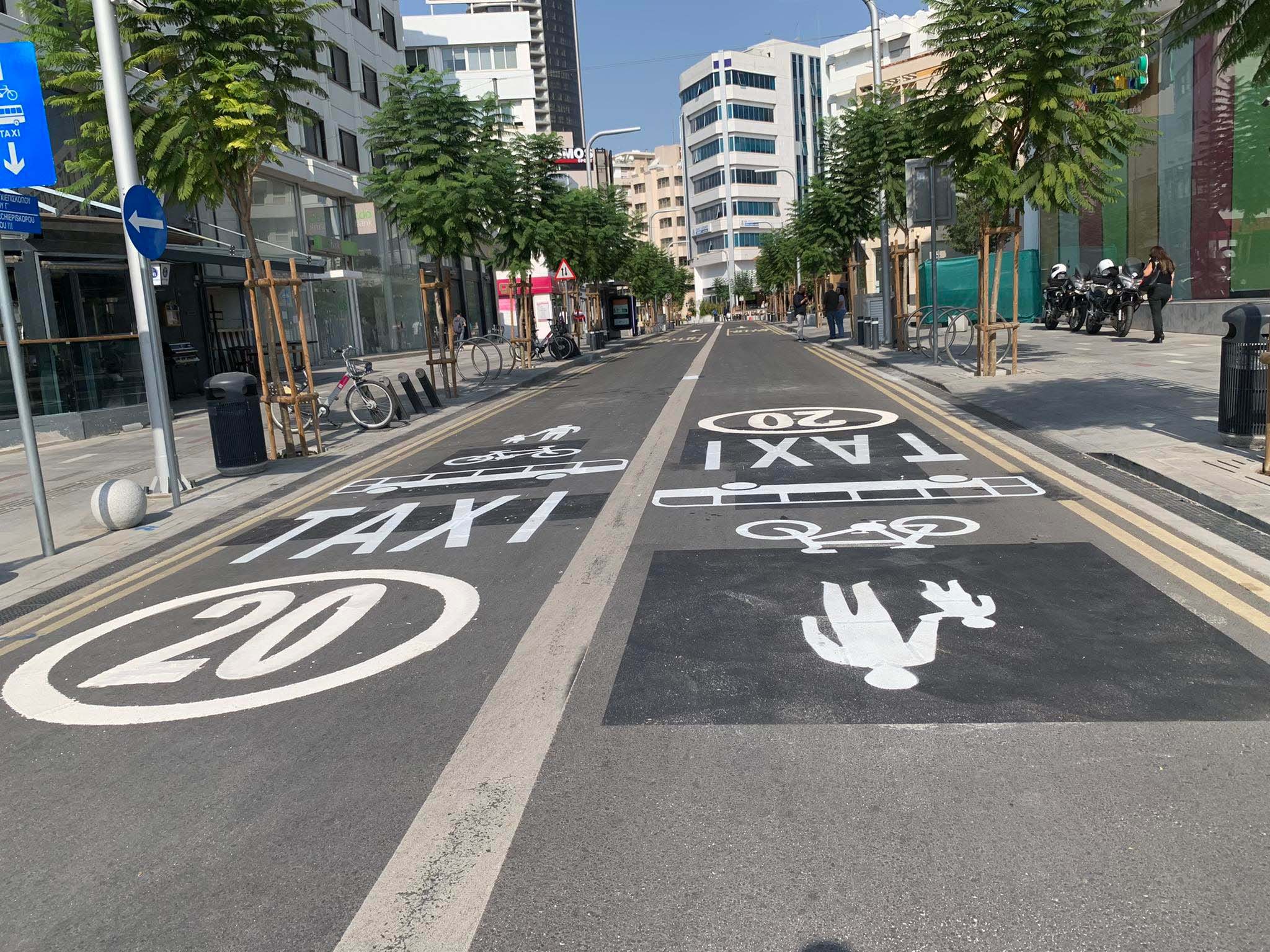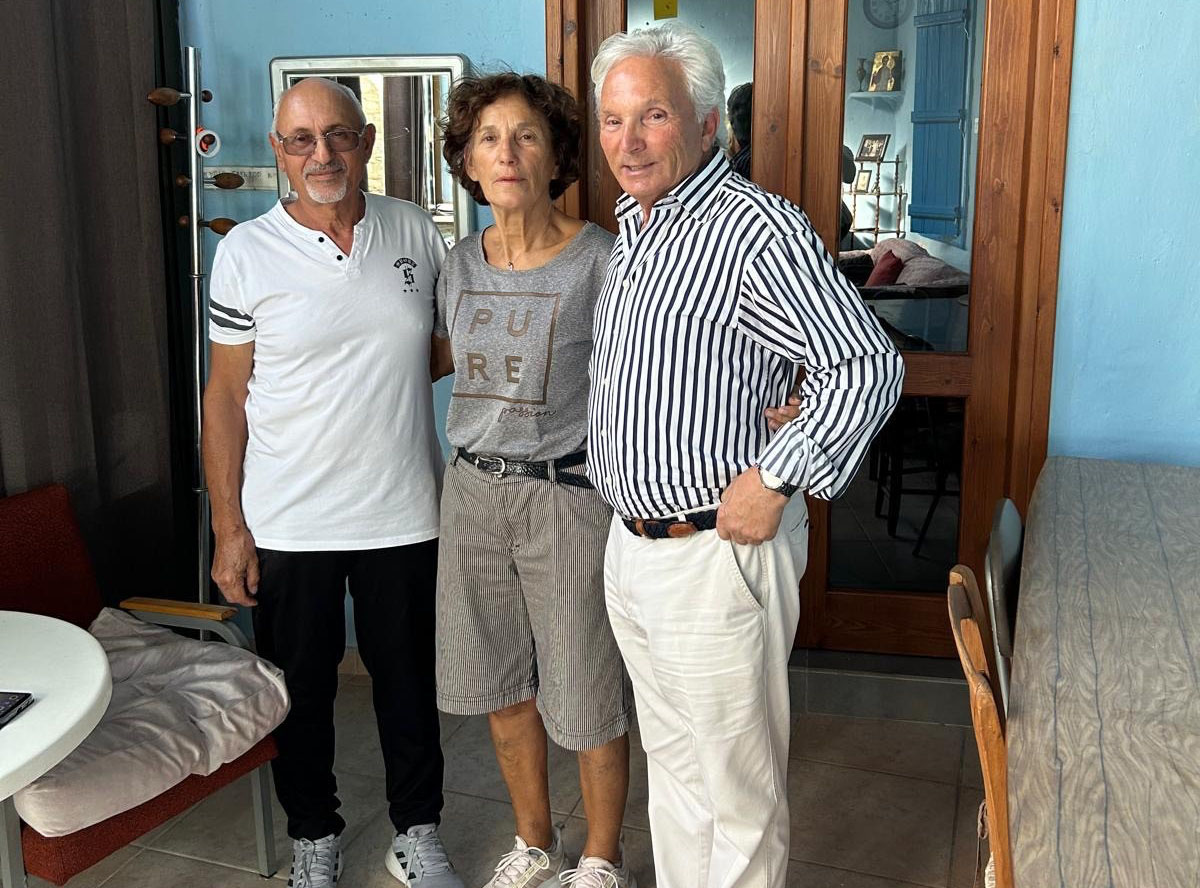The two cars stuck in Larnaca’s salt lake since last Wednesday will need to be towed out, an operation that will cost around €5,000, it emerged on Monday.
The bill will be sent to the owners of the vehicles, on top of the €2,000 fines they have already been issued with.
Sunday’s rain has made removing the cars from the sensitive Natura 2000 habitat harder.
Larnaca mayor Andreas Vyras told Philenews that a private company with large cranes has been asked to undertake the operation.
The company said it would use a special crane and heavy ropes, however it would take two to three days and €5,000 to get the cars out.
The incident has raised concern over possible damage to the fragile ecosystem and disturbance to migratory birds now returning for the winter season.
On Friday, the municipality of Larnaca, the environment department and the game service had issued a joint statement expressing deep concern over the incident and reminding that the salt lake was one of the most important natural treasures of Cyprus, protected under Natura 2000 and the Ramsar convention.
Officials from the environment department said last week that they were looking into ways to safely remove the vehicles without causing additional harm.
Police earlier confirmed that one vehicle appeared to have entered the shallow edge of the lake and become trapped, while a second tried to assist and was also stuck.
The Larnaca municipality reiterated that vehicle access is forbidden and said additional signage and patrols may be introduced to prevent further incidents.
The Larnaca salt lake is home to thousands of flamingos and other species each winter.
Driving into the lake is strictly prohibited, as tyre tracks and soil compression can destroy the salt crust and damage microorganisms vital to the wetland’s balance.
Earlier this year, the environment department issued a warning that vehicles and pedestrians crossing the salt lake’s surface can destroy eggs and chicks nesting on the exposed ground.
Additionally, human presence disrupts invertebrates that form the primary food source for flamingos and other bird species. These invertebrates remain dormant in cysts on the surface, waiting for rainfall to hatch.
The first car was reportedly racing in the salt lake area, despite environmental restrictions.







Click here to change your cookie preferences